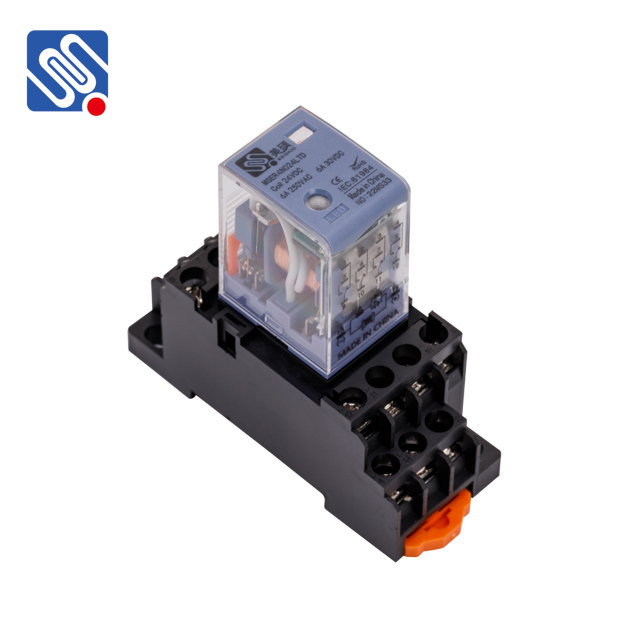Miniature relays are essential components in modern electrical systems, offering an efficient, compact solution for controlling high-power devices with minimal space requirements. Despite their small size, miniature relays play a crucial role in a variety of applications, from home appliances to industrial automation. This article will explore the functions, types, applications, and benefits of miniature relays, shedding light on their importance in contemporary electrical and electronic systems.

What is a Miniature Relay? A miniature relay is a small electromagnetic switch that uses a low-power electrical signal to control a high-power circuit. It consists of a coil, which, when energized, generates a magnetic field that either opens or closes the contacts of the relay. These contacts can handle significantly higher currents than the coil itself. Miniature relays are typically designed to be compact, with sizes that are small enough to fit into confined spaces, yet powerful enough to control large electrical loads. Function and Operation of Miniature Relays At the heart of a miniature relay is its ability to isolate and switch large currents or voltages without directly applying these loads to the control circuit. This is achieved through the interaction between the relay’s coil and contacts. When a small control voltage is applied to the coil, it activates the electromagnetic field, which in turn moves the contacts into their “open” or “closed” positions, thereby either breaking or completing the electrical circuit.
Leave a Reply
You must be logged in to post a comment.